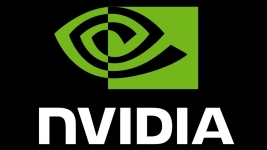We’re not accustomed to a quiet release of a new GPU architecture from NVIDIA. Yet this is what has happened with the launch of the GeForce GTX 750 Ti card, which introduces the Maxwell architecture, successor to Kepler and eagerly awaited by the HPC community but perhaps less so by gamers. And for good reason, as this new discrete GPU will not surpass records in terms of image resolution. It will, however, double Kepler’s energy efficiency – a significant advance for the mobile market (notebooks and tablets). A practical advantage of this efficiency is, for example, the absence of an external PCI-Express connector to power the GPU: the energy comes from the card to which it is connected.
Now, some of Maxwell’s features are worth mentioning. Overall performance is increased by 35% for a 1:4 DP/SP ratio. The main innovation comes from the multiprocessors’ architecture. New SMMs (streaming multiprocessors) replace Kepler’s SMXes and are now cut into four smaller blocks supporting 32 CUDA cores each, or 128 on an SMM as opposed to 192 on an SMX. This granularity combined with better workload distribution improves the efficiency of parallelism. The occupancy is thereby doubled, provided that the use of registers and shared memory is not a limiting factor. Another notable feature is the larger L2 Cache (up to 2MB). Last, unified memory support is now at the hardware level – another important improvement over Kepler.
© HPC Today 2024 - All rights reserved.
Thank you for reading HPC Today.






























